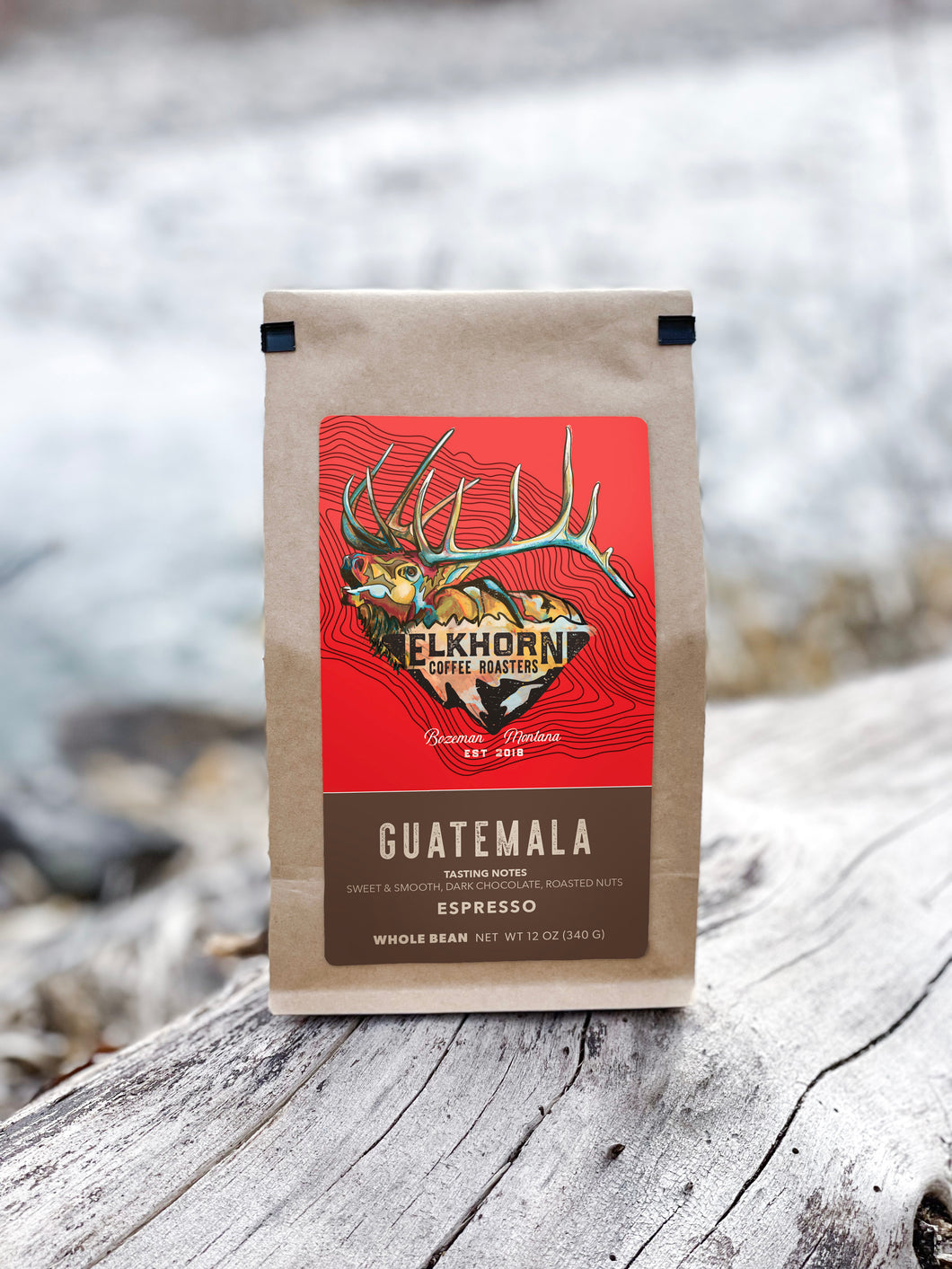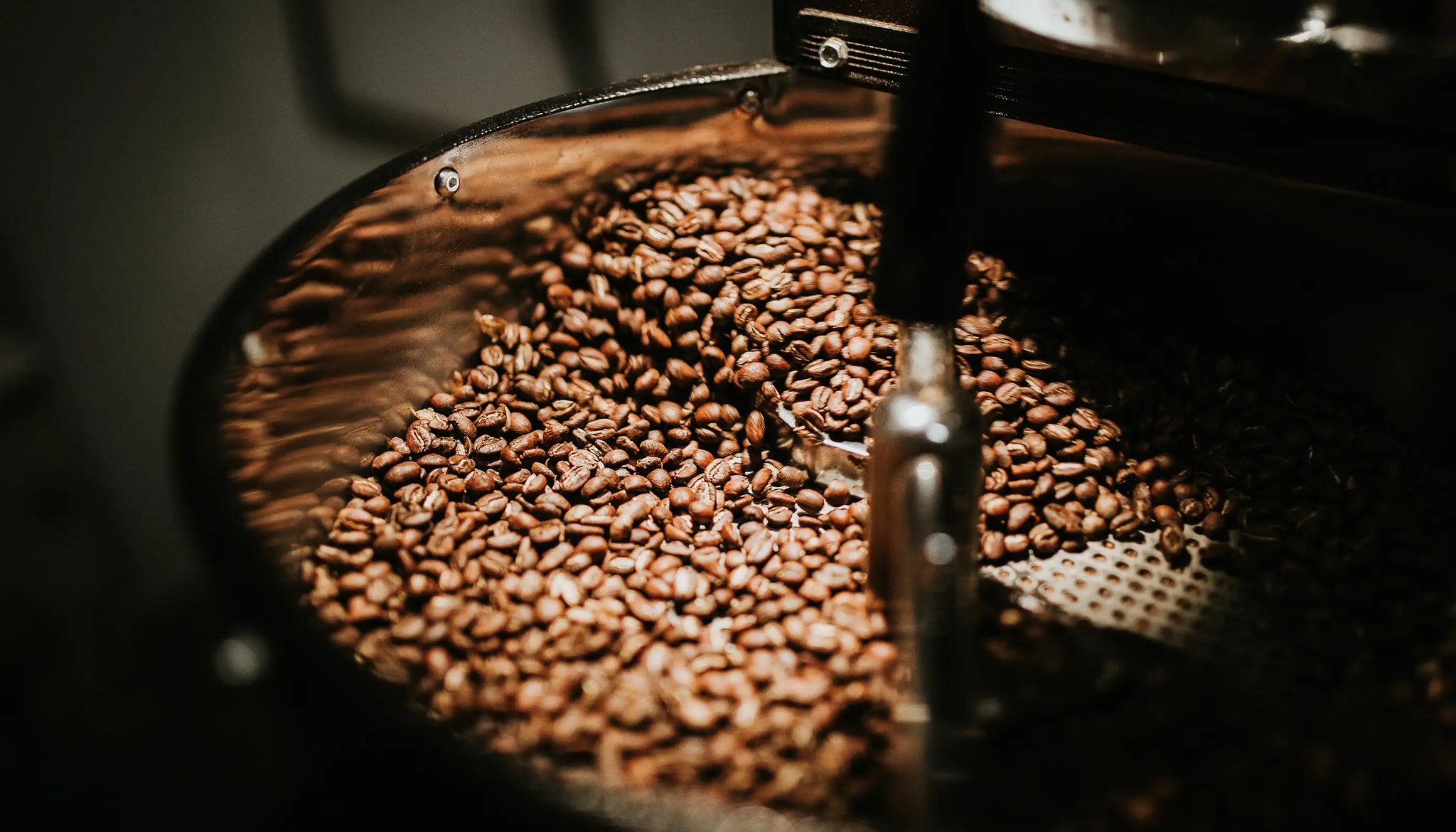Exploring the Origins Behind Top-Tier SOE Single Origin Espresso
Exploring the Origins Behind Top-Tier SOE Single Origin Espresso
Blog Article
Coffee Beans 101: Every Little Thing You Required to Know About Espresso and Blended Coffee Beans
When it comes to coffee, understanding the subtleties of coffee and mixed beans can transform your day-to-day mug. From the growing process to roasting methods, every action plays a function in your coffee experience.
Recognizing Coffee Beans: Ranges and kinds
When diving right into the globe of coffee, understanding the types and varieties of coffee beans is necessary for every single lover. You'll largely experience 2 major varieties: Arabica and Robusta. Arabica beans are recognized for their smooth, intricate tastes and reduced high levels of caffeine content, making them a favorite among coffee enthusiasts. On the other hand, Robusta beans pack a punch with a more powerful, a lot more bitter taste and greater caffeine levels, frequently utilized in coffee blends.
Ethiopian Yirgacheffe uses intense floral notes, while Colombian beans provide a well-balanced flavor account. By acquainting yourself with these beans and their tastes, you'll elevate your coffee experience and make even more informed selections in your developing journey.
The Growing Refine: From Seed to Bean
When you discover the trip of coffee, all of it begins with seed selection strategies that set the structure for top quality. From there, growing and gathering play crucial duties in making certain the beans thrive. Handling methods change those harvested cherries into the coffee beans you enjoy.
Seed Choice Strategies
Selecting the right seeds is necessary for generating high-quality coffee beans, as it lays the foundation for the entire expanding process. Pay focus to the seed's age and storage conditions, as fresh seeds have a tendency to sprout better. Consider the condition resistance of various ranges, as this can considerably affect your yield.
Cultivation and Harvesting
As you support your coffee seeds right into prospering plants, understanding the farming and harvesting procedure is important for achieving the ideal flavor and quality. Beginning by growing your seeds in well-draining soil, preferably in a shaded area to protect them from straight sunlight. As your plants expand, keep consistent wetness, and bear in mind their need for nutrients. Trim routinely to advertise air flow and healthy and balanced growth.
When it comes time to harvest, look for ripe cherries, which typically transform a vibrant red. Hand-picking is commonly the very best method to ensure just the ripest cherries are chosen. Timing is necessary; harvesting also late or too very early can affect the taste profile of your beans. Welcome patience and treatment, as this is where top quality starts.

Handling Approaches Described
As soon as you have actually harvested your coffee cherries, the next crucial step is processing them to transform those dynamic fruits right into the beans you'll make. There are 2 main techniques: the completely dry process and the wet procedure. In the completely dry procedure, you spread out the cherries out in the sunlight to completely dry, allowing the fruit to ferment and impart special tastes to the beans. On the various other hand, the damp process entails getting rid of the fruit right away and fermenting the beans in water, causing a cleaner preference. After handling, the beans are hulled, arranged, and generally dried again. Each technique impacts the taste account, so explore both can aid you discover your favorite brew. Comprehending these approaches is crucial to enjoying your coffee experience.
Roasting Techniques: Just How Taste Is Established
When it concerns roasting coffee beans, recognizing roast degrees is crucial to exposing their unique tastes. Each roasting strategy effects the aroma and boosts the taste advancement process, offering you a richer coffee experience. Let's explore just how these variables come together to elevate your everyday mixture.
Roast Levels Discussed
Roast levels play a crucial duty in shaping the flavor profile of your coffee. You'll take pleasure in brilliant level of acidity and fruity notes when you select a light roast. As you relocate to a tool roast, you'll discover an equilibrium of sweetness and intricacy, typically highlighting delicious chocolate or caramel tastes. Dark roasts, on the various other hand, provide vibrant, smoky attributes with less acidity, making them robust and rich. Each degree arises from different roasting times and temperature levels, influencing the beans' chemical structure. By recognizing these levels, you can better pick a coffee that matches your taste preferences. read what he said Trying out different roasts to find which one reverberates with you, boosting your overall coffee experience and pleasure.
Effect On Aroma
The roast level not only influences the preference of your coffee yet additionally greatly impacts its aroma. Each roasting method launches various unpredictable substances, shaping how your coffee smells. Additionally, the freshness of the beans plays a critical role; fresh roasted coffee releases a lot more aromatic oils, boosting that enticing scent.
Flavor Advancement Process
As you check out the flavor advancement process, you'll find that roasting techniques play a vital duty fit the taste profile of your coffee. The roasting temperature level and time directly influence the level of acidity, sweetness, and bitterness of the beans. Light roasts preserve more of the bean's initial flavors, highlighting fruity and floral notes. Medium roasts equilibrium acidity and body, using an all-round taste. Dark roasts, on the other hand, bring out vibrant, smoky attributes while reducing the bean's inherent top qualities. Throughout toasting, chemical reactions, like the Maillard reaction and caramelization, transform the beans and enhance their complexity. Explore different roasting degrees can help you find your best mixture, so do not think twice to taste and uncover the rich range of flavors!
Coffee vs. Blended Coffee: Key Differences
Coffee and combined coffee each offer unique experiences that satisfy various preferences and choices. Espresso is a concentrated coffee made by requiring warm water through finely-ground coffee beans, causing a rich, vibrant flavor and a luscious layer of crema on the top. It's typically delighted in as a shot or used as a base for beverages like coffees and lattes.
On the other hand, blended coffee combines different beans from various regions, producing a much more well balanced taste profile. You'll typically find blends that highlight body, sweetness, or level of acidity, making them functional for various developing techniques. While espresso focuses on intensity, blended coffee may provide a more comprehensive series of tastes that can change with each sip.
Eventually, your option between espresso and combined coffee come down to your individual preference. Whether you crave a fast jolt or a leisurely mug, both choices have something delicious to offer.

Developing Techniques: Unlocking the Perfect Cup
When it involves brewing coffee, discovering the right technique can change your experience and elevate your mug. Each brewing technique has its unique beauty and can considerably influence your coffee's flavor and aroma. As an example, using a French press enables you to enjoy a full-bodied and abundant mixture, while a pour-over approach supplies a tidy, intense mug with distinct tastes.
If you choose coffee, spending in a high quality machine can aid you master the art of pulling shots. For ease, a single-serve vessel system offers speed without sacrificing taste.
Don't ignore chilly brew, which supplies a smooth, less acidic coffee ideal for hot days. Experiment with various methods to find what reverberates with your taste. Each brewing technique opens up a new world of possibilities, so put in the time to discover and find your excellent mug. Delighted see it here brewing!
Tasting Notes: Recognizing Taste Profiles
How can you genuinely value your coffee if you don't understand what tastes to look for? Tasting notes are your overview to recognizing the complicated globe of coffee. Some coffees might leave a chocolatey or caramel aftertaste, while others may have a bright, tidy surface.
Think about the body of the coffee, also; is it light and ventilated or thick and syrupy? Don't neglect acidity; an intense level of acidity can add life, while a reduced acidity could give a smoother experience. By recognizing these flavor profiles, you'll grow your connection with each mug, making coffee tasting a fascinating journey of discovery.

Tips for Picking and Storage Coffee Beans
Picking and storing coffee beans correctly can substantially boost your developing experience. Start by choosing premium beans that match your preference - SOE.
When you have your beans, save them in an airtight container to avoid exposure to dampness, light, and air. A dark, amazing place works best, so prevent keeping them in the fridge or fridge freezer, as this can present moisture. Only grind the quantity you need to preserve freshness; entire beans preserve taste longer than pre-ground coffee.
Last but not least, attempt to use your beans within 2 to 4 weeks after opening up for peak preference. Following these suggestions will guarantee your coffee stays flavorful and enjoyable, elevating your day-to-day brew to brand-new elevations.
Regularly Asked Concerns
For How Long Do Coffee Beans Keep Fresh After Toasting?
Coffee beans site link remain fresh for concerning two weeks after roasting - SOE. You should store them in a closed container, away from light and wetness. After that, their flavor and scent begin to diminish substantially

Can I Mix Different Coffee Bean Varieties?
Definitely, you can mix various coffee bean ranges! Explore blends can boost flavors and create an one-of-a-kind preference account. Just see to it to stabilize the staminas and attributes of each range for the best outcomes.
What Is the Perfect Work Size for Coffee?
For espresso, you'll desire a great grind dimension, regarding the texture of common salt. This permits ideal removal, resulting in a rich, flavorful shot. Experiment a bit to discover what suits your taste best!
Just How Does Altitude Affect Coffee Bean Taste?
Elevation impacts coffee bean flavor by affecting the growth rate and chemical make-up. Higher altitudes result in slower growth, which enhances acidity and intricacy, giving your coffee a vibrant and distinct preference you won't fail to remember.
Are There Decaffeinated Variations of Espresso Beans?
Yes, there are decaffeinated versions of coffee beans. You can appreciate an abundant espresso taste without the caffeine kick. Simply try to find "decaf" blends at your local coffee shop or specialty store.
Coffee Beans 101: Whatever You Need to Know Concerning Coffee and Blended Coffee Beans.
When diving into the world of coffee, comprehending the kinds and selections of coffee beans is necessary for every enthusiast.When it comes to roasting coffee beans, comprehending roast degrees is vital to disclosing their unique flavors. Espresso is a focused coffee made by forcing hot water with finely-ground coffee beans, resulting in an abundant, bold flavor and a velvety layer of crema on top.On the various other hand, mixed coffee incorporates different beans from various areas, creating a much more well balanced taste account.
Report this page